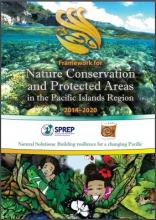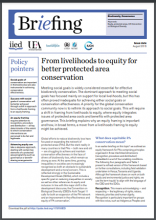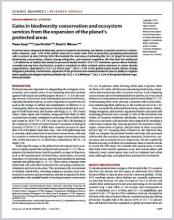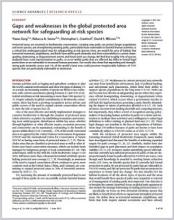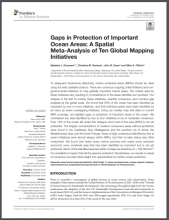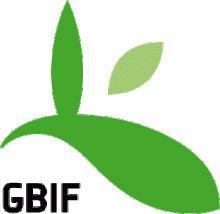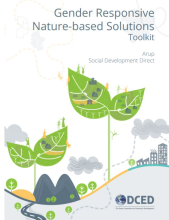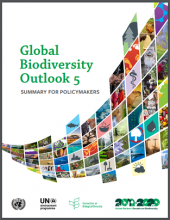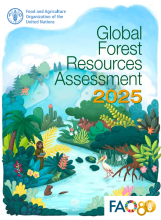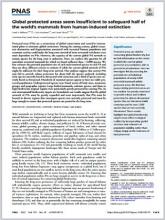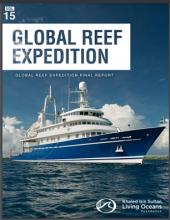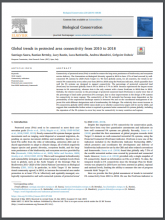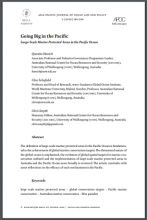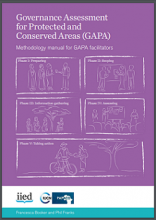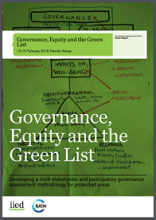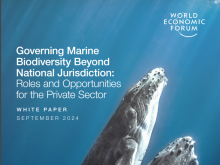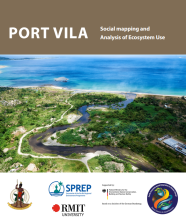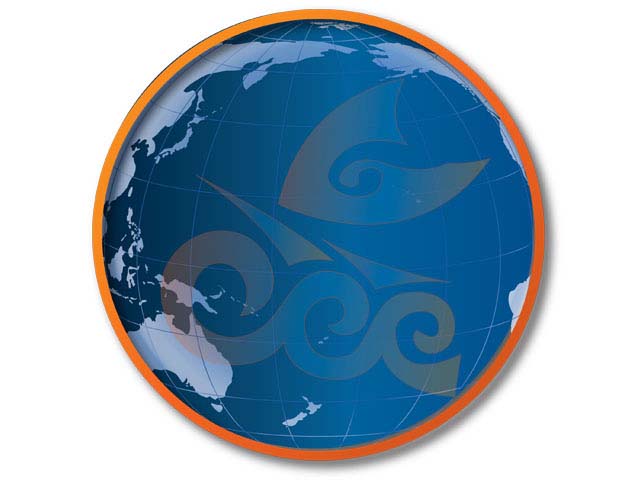
There are many global initiatives that provide information, resources and tools for practitioners at protected areas. Due to the nature of these initiatives, they tend to be broad-scale and do not necessarily hold information about many of the smaller protected areas such as those in the Pacific where many protected areas fall under local indigenous conservation and management. However, some of these global networks and partnerships provide practitioners with tools that can be adapted for use anywhere. You may also find that there are training, funding and other opportunities that can help you with efforts in your own location.
Below are descriptions of some global protected area networks and partnerships providing information and support to practitioners around the world. There are also a large number of other networks and partnerships that can provide conservation and technical assistance in various forms.
GEF Tracking of Aichi Target 11 Progress
GEF Tracking of Aichi Target 11 Progress
Track the progress of GEF funded projects by country under Aichi targets 11 and 12 by registering for the "Project Mgt Information System" at the bottom of the GEF splash page.
Global Biodiversity Outlook
Global Biodiversity Outlook (GBO) is the flagship publication of the Convention on Biological Diversity.

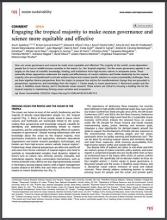
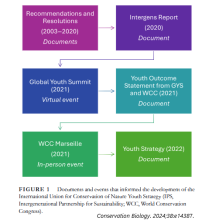
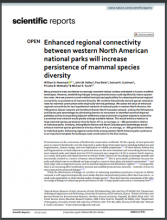
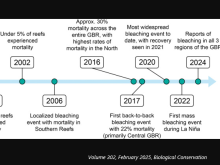

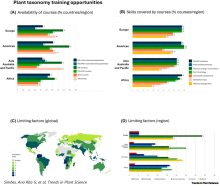
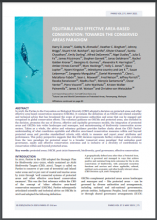
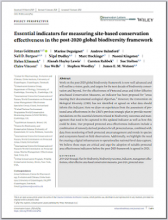
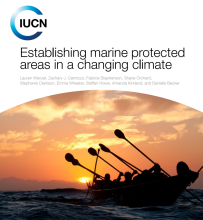
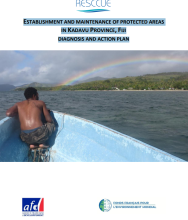
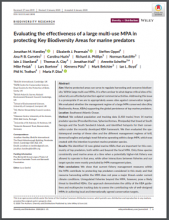
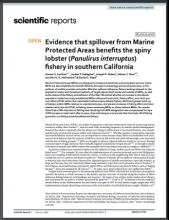
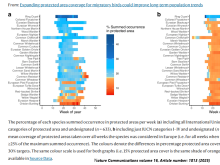
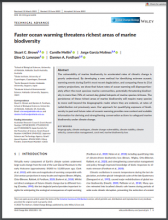
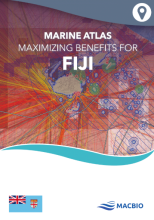
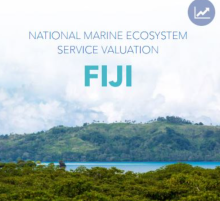
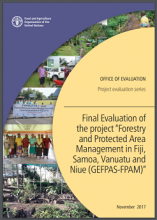
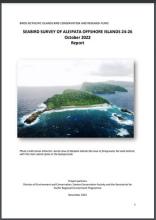
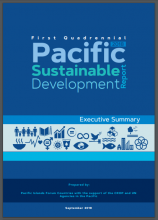
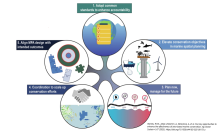
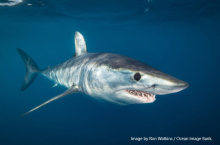
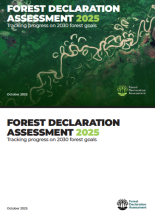
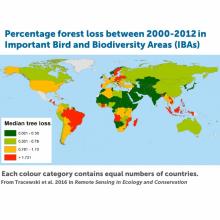
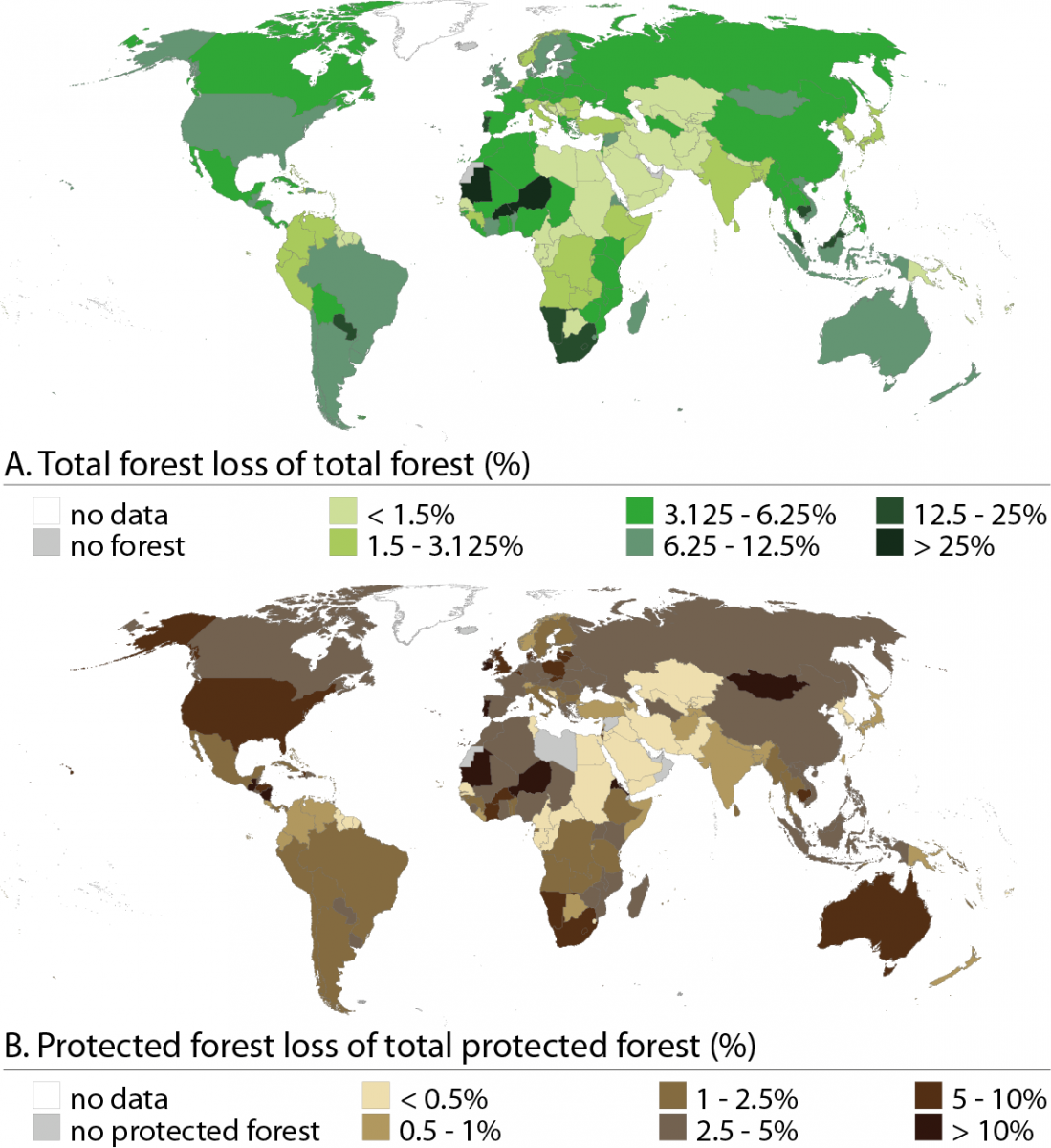 Heino M, Kummu M, Makkonen M, Mulligan M, Verburg PH, Jalava M, et al.
Heino M, Kummu M, Makkonen M, Mulligan M, Verburg PH, Jalava M, et al.
